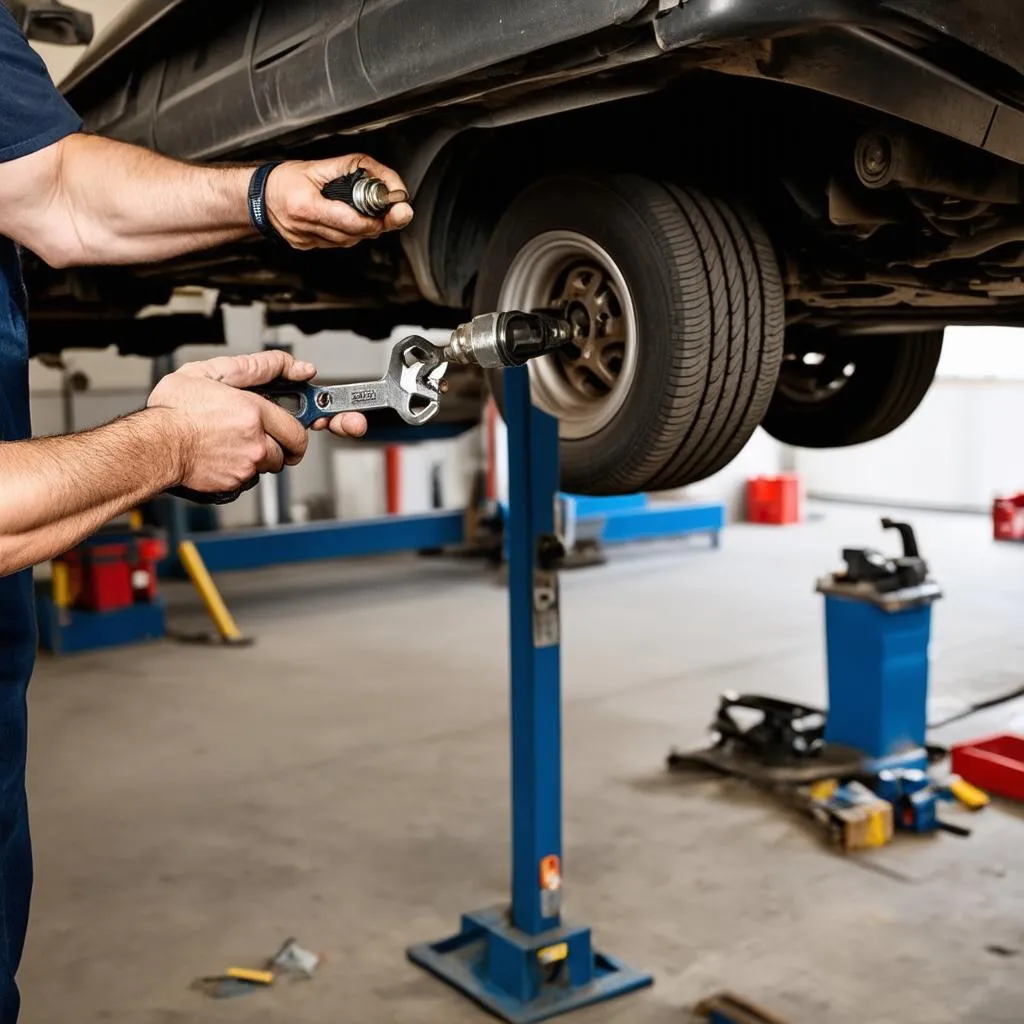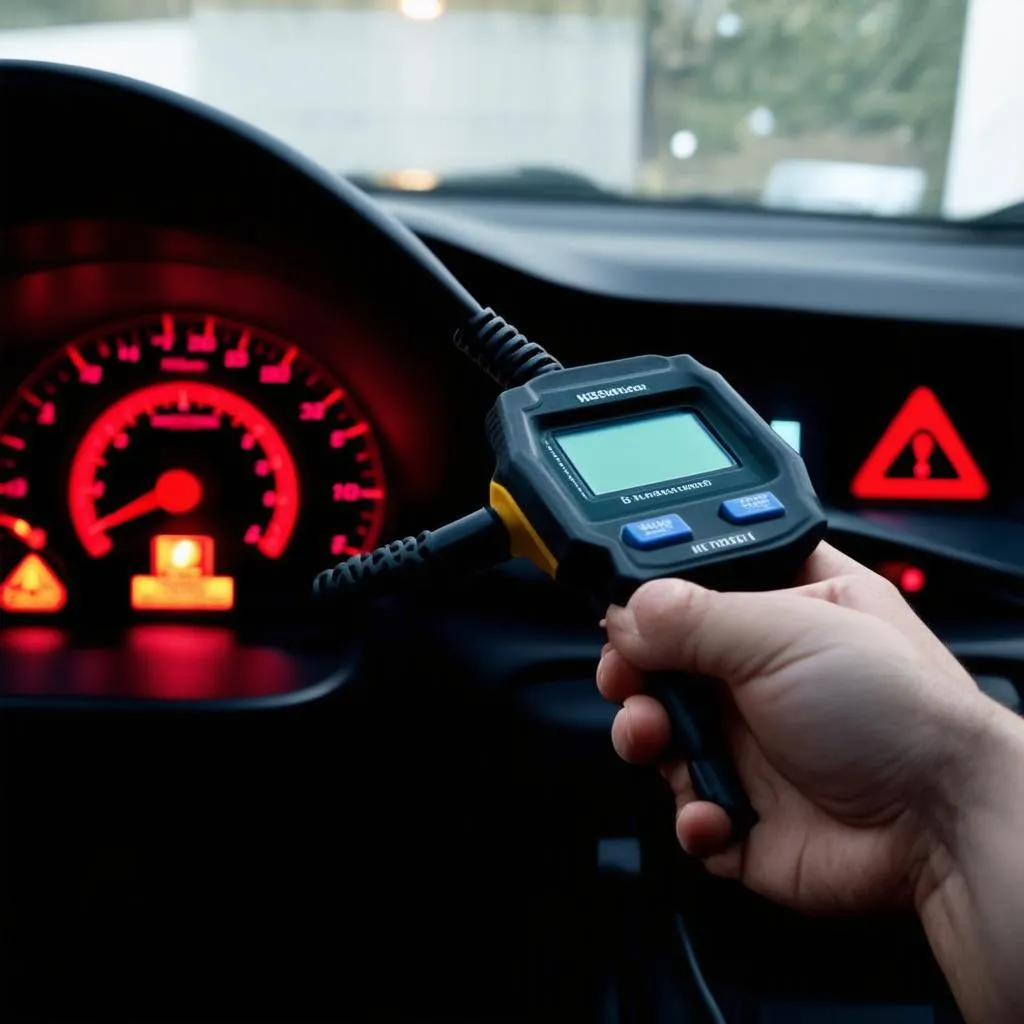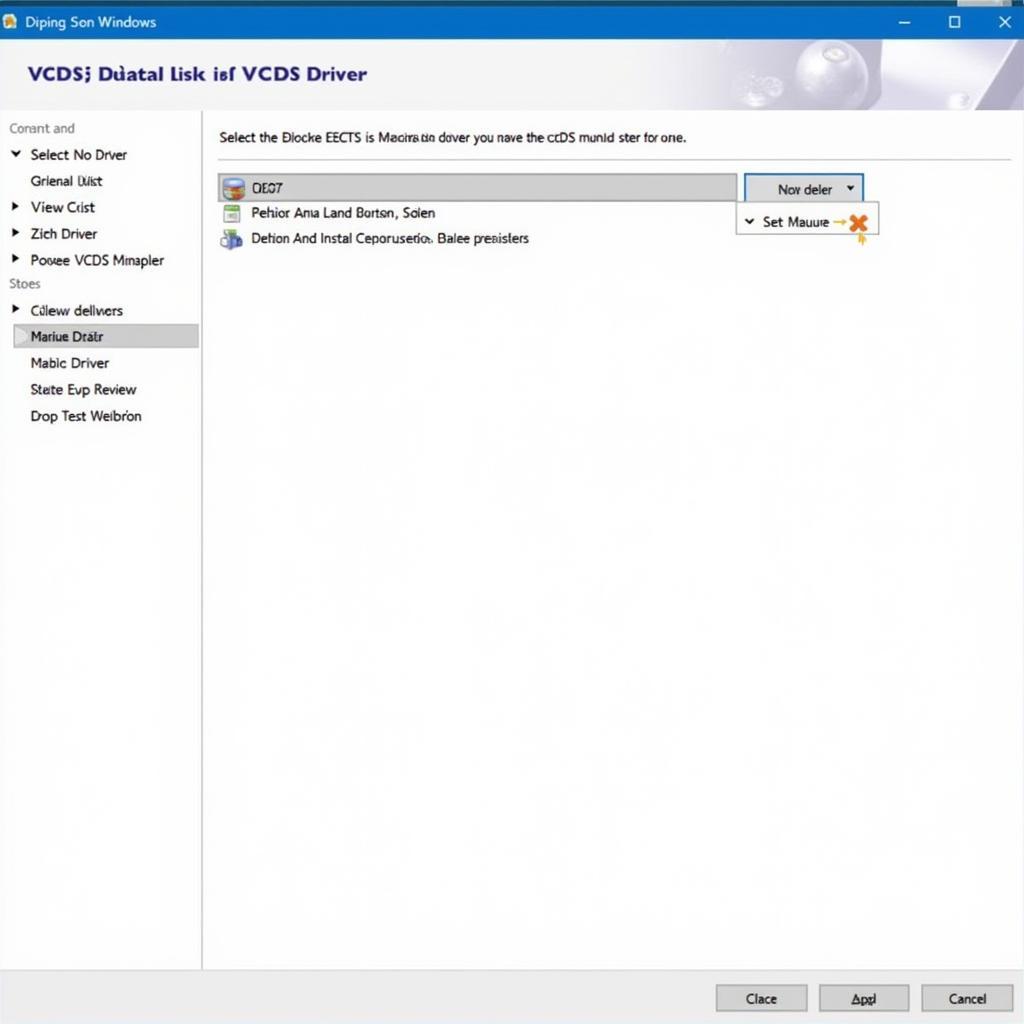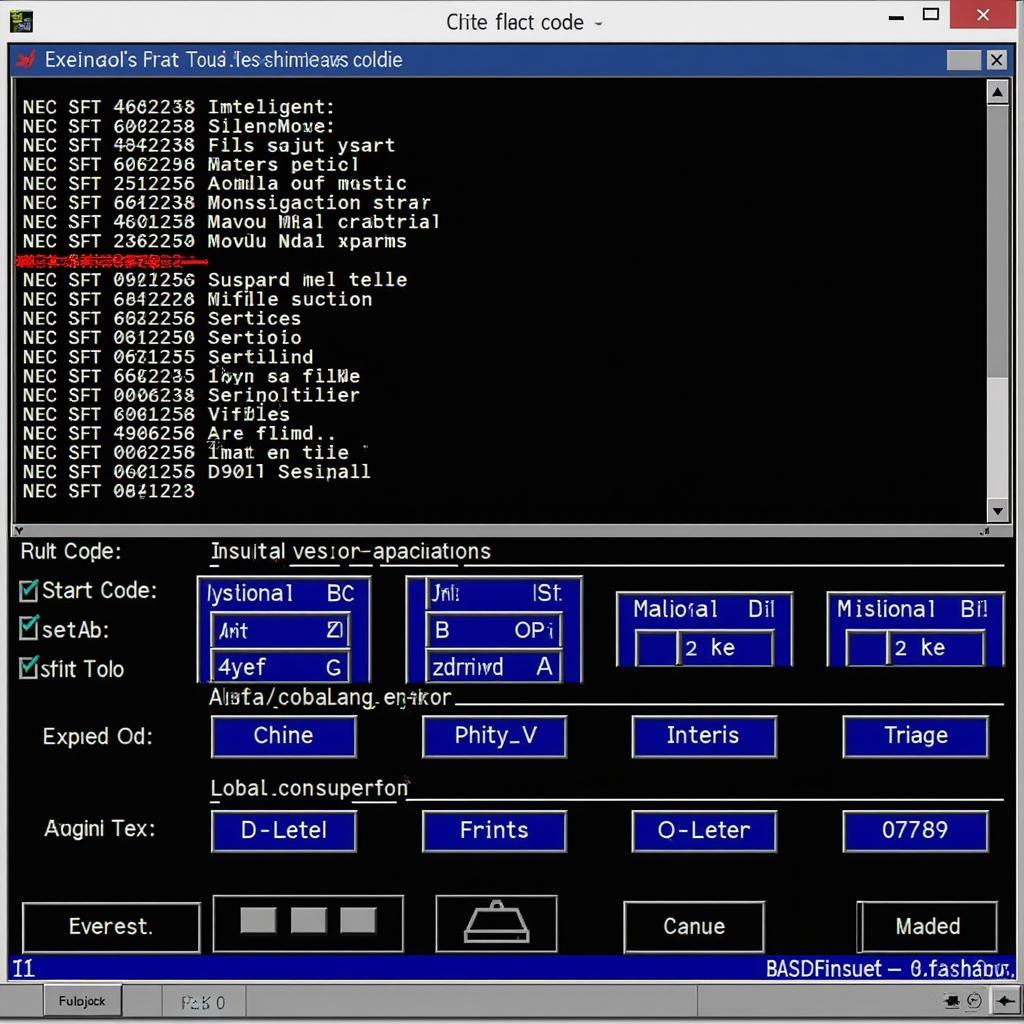The dreaded “Check Engine” light can strike fear into the heart of any car owner. For those who rely on their vehicles for work, errands, or simply the joy of driving, this ominous glow signifies an immediate need to investigate. If you’re using a VCDS (Vag-Com Diagnostic System) and encounter the error code 01317, it’s a sign that your vehicle’s engine control unit (ECU) has detected an issue with the oxygen (O2) sensor. This article will delve into the intricacies of this code, helping you understand its meaning, implications, and potential solutions.
What Does VCDS Error Code 01317 Mean?
In simple terms, the 01317 error code indicates a problem with the oxygen sensor in Bank 1, Sensor 2. Here’s a breakdown:
- Bank 1: Refers to the side of the engine containing cylinder #1.
- Sensor 2: Denotes the downstream oxygen sensor, positioned after the catalytic converter.
This downstream sensor plays a crucial role in monitoring the efficiency of your catalytic converter. It measures the oxygen content in the exhaust gases after they’ve passed through the converter. By comparing this data with the upstream sensor’s readings, the ECU can determine if the catalytic converter is functioning correctly.
Symptoms of VCDS Error Code 01317
While the “Check Engine” light is the most obvious indicator, other symptoms may accompany the 01317 code:
- Decreased Fuel Economy: A malfunctioning O2 sensor can disrupt the air-fuel mixture, leading to reduced fuel efficiency.
- Rough Engine Idle: The engine may idle erratically or experience fluctuations in RPM.
- Failed Emissions Test: Since the downstream O2 sensor directly impacts emissions control, a faulty sensor can cause your vehicle to fail an emissions test.
Common Causes of VCDS Error Code 01317
Several factors can contribute to the appearance of the 01317 code:
- Faulty Oxygen Sensor: The most common culprit is often a worn-out or damaged O2 sensor. Over time, these sensors can degrade, leading to inaccurate readings.
- Exhaust Leaks: Leaks in the exhaust system, especially before the downstream O2 sensor, can introduce outside air and skew the sensor’s readings.
- Wiring Issues: Damaged, corroded, or loose wiring connecting to the sensor can disrupt the signal transmission to the ECU.
- Faulty Catalytic Converter: While less common, a malfunctioning catalytic converter can also trigger this code.
How to Troubleshoot and Fix VCDS Error Code 01317
Before replacing any components, it’s crucial to properly diagnose the root cause:
-
Scan for Additional Codes: Often, the 01317 code may be accompanied by other error codes. Using your VCDS, scan your vehicle for any additional codes that might provide further clues.
-
Inspect the Oxygen Sensor: Visually examine the sensor for any physical damage, such as burns, breaks, or loose connections.
-
Check for Exhaust Leaks: Carefully inspect the exhaust system for any signs of leaks, particularly in the area before the downstream O2 sensor.
-
Test the Sensor’s Voltage: Use a multimeter to test the sensor’s voltage output. A fluctuating or out-of-range reading indicates a faulty sensor.
-
Inspect Wiring and Connections: Ensure that all wiring and connections related to the sensor are secure and free from damage or corrosion.
Replace the Oxygen Sensor (if necessary)
If your diagnosis points to a faulty sensor, replacement is the best course of action. Always use a high-quality OEM or equivalent replacement sensor to ensure proper functionality and longevity.
 Replacing a Car Oxygen Sensor
Replacing a Car Oxygen Sensor
Important Notes:
- Safety First: Always disconnect the negative battery terminal before working on any electrical components.
- Clear the Code: After completing any repairs, remember to clear the error code using your VCDS.
- Consult a Professional: If you’re unsure about any step in the process or lack the necessary tools and experience, it’s always advisable to consult a qualified automotive technician.
Frequently Asked Questions (FAQs):
Q1: Can I drive my car with the 01317 code?
While you may be able to drive for a short period, it’s not recommended. Driving with a faulty O2 sensor can impact fuel economy, emissions, and potentially damage other engine components.
Q2: How much does it cost to replace an oxygen sensor?
The cost can vary depending on your vehicle’s make and model, as well as labor costs. On average, expect to pay between $200 to $400 for parts and labor.
Q3: How often should oxygen sensors be replaced?
Oxygen sensors typically have a lifespan of 60,000 to 90,000 miles. However, various factors like driving conditions and fuel quality can influence their longevity.
 Car Diagnostic Tool Plugged In
Car Diagnostic Tool Plugged In
Need Further Assistance?
Understanding and addressing error codes like the VCDS 01317 empowers you to take control of your vehicle’s maintenance. For those seeking reliable diagnostic tools and expert support, CARDIAGTECH offers a range of solutions to meet your needs. Connect with CARDIAGTECH today for further assistance in diagnosing and resolving your vehicle’s error codes.


